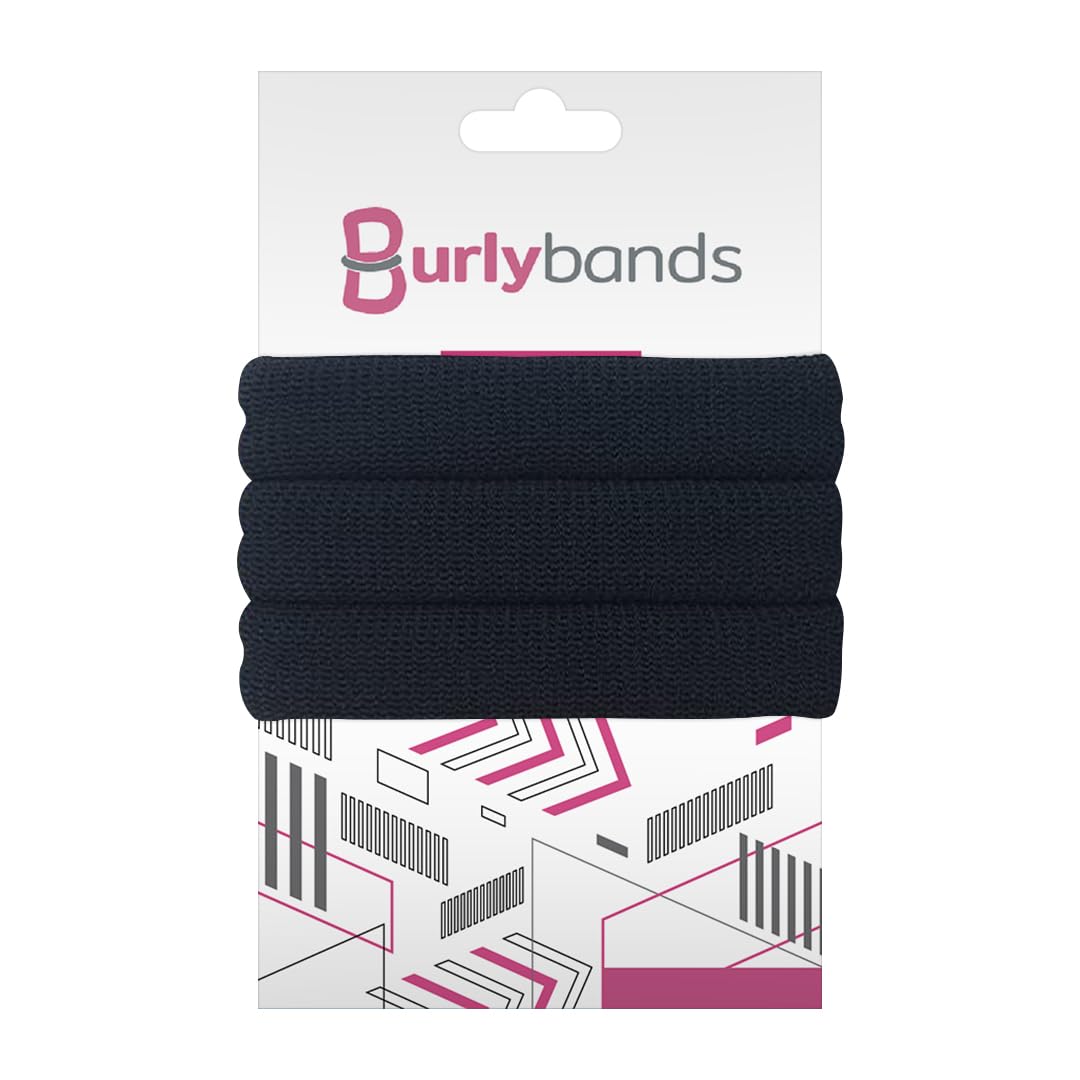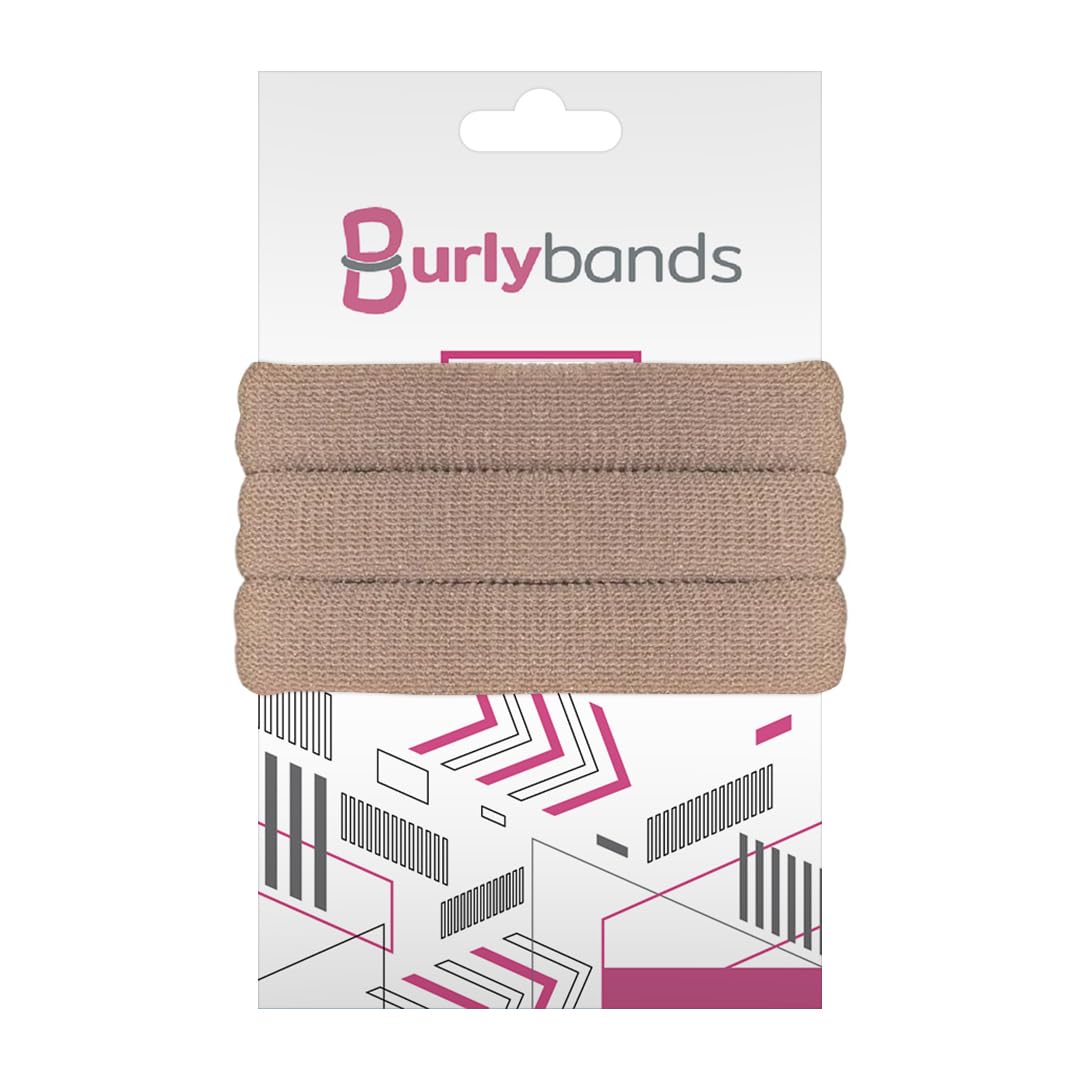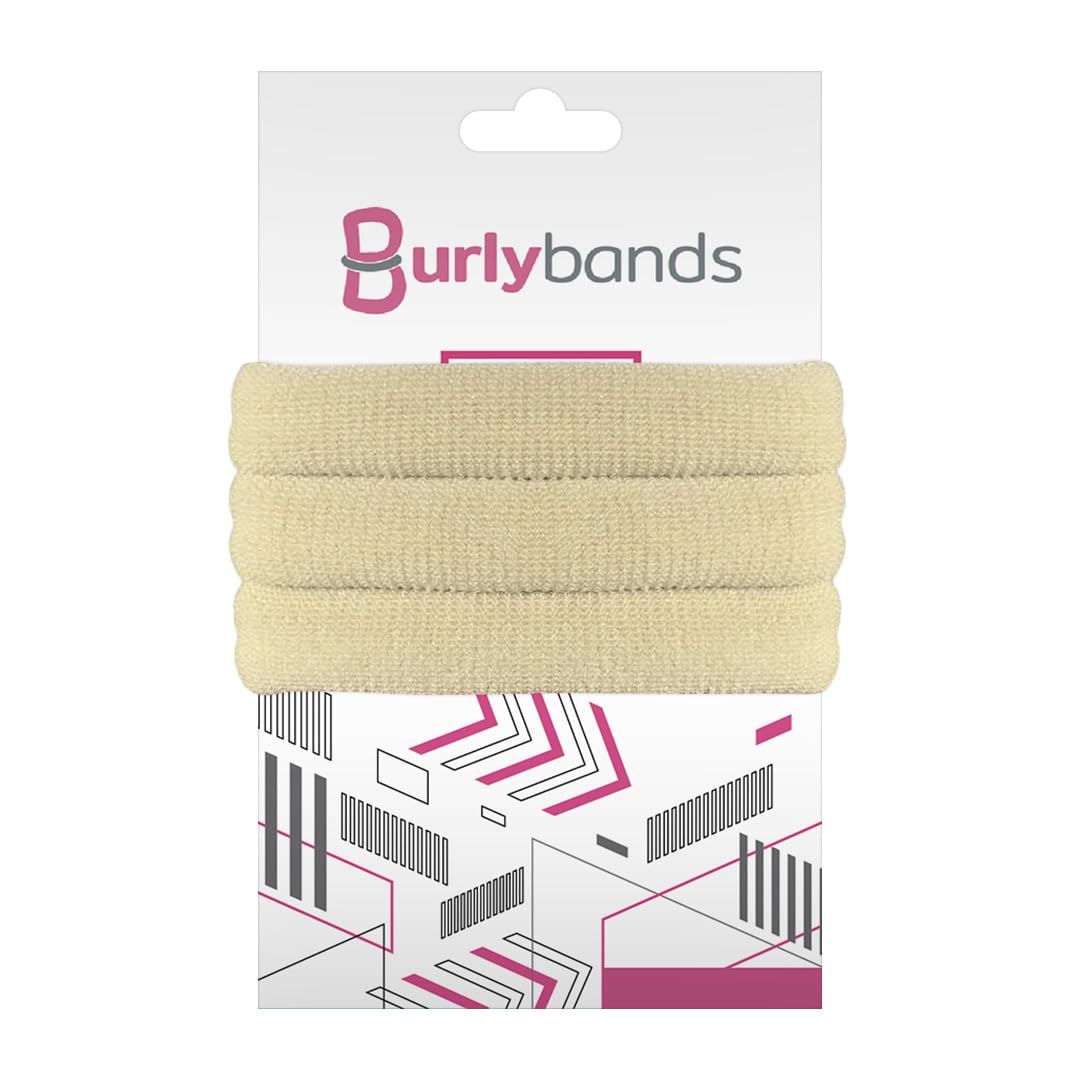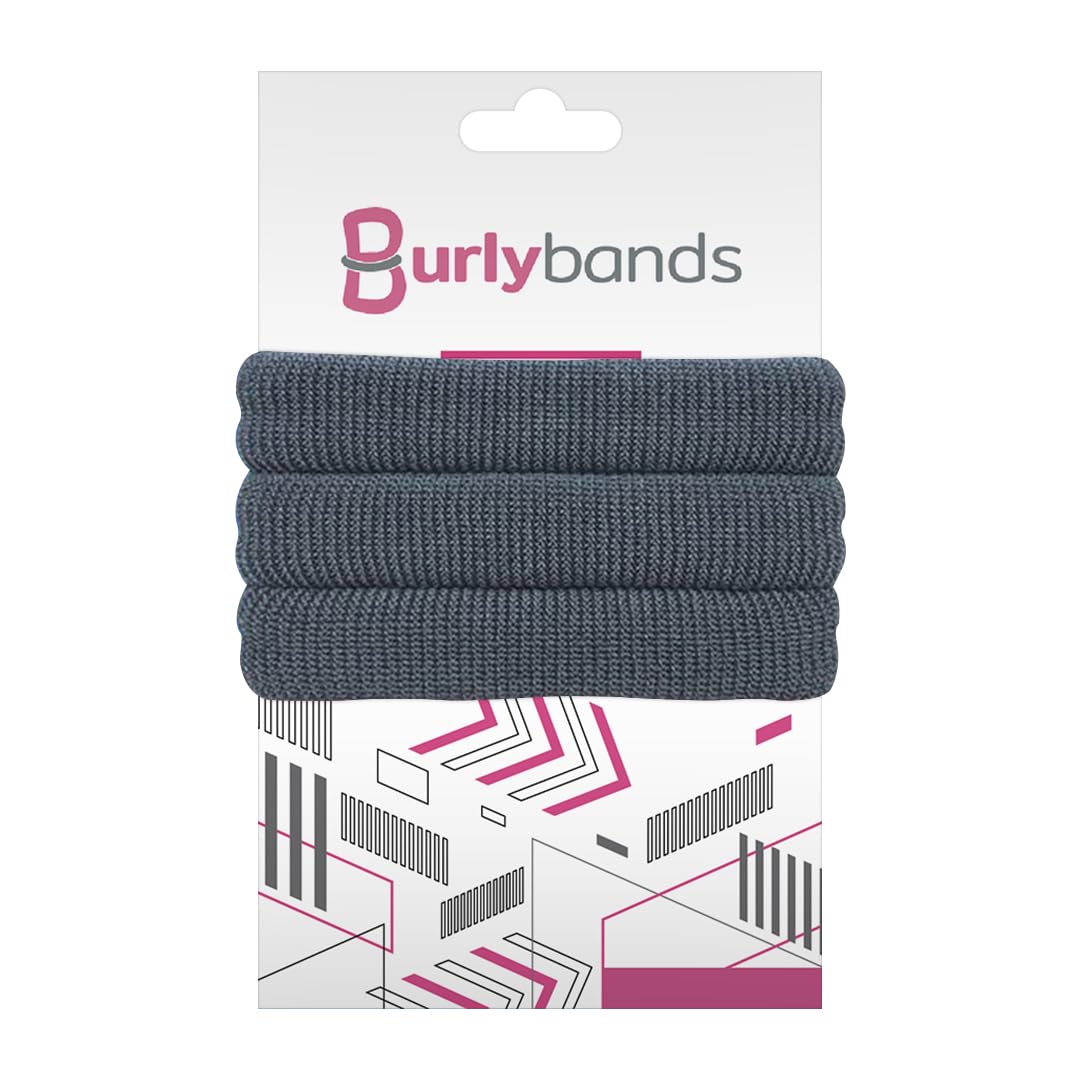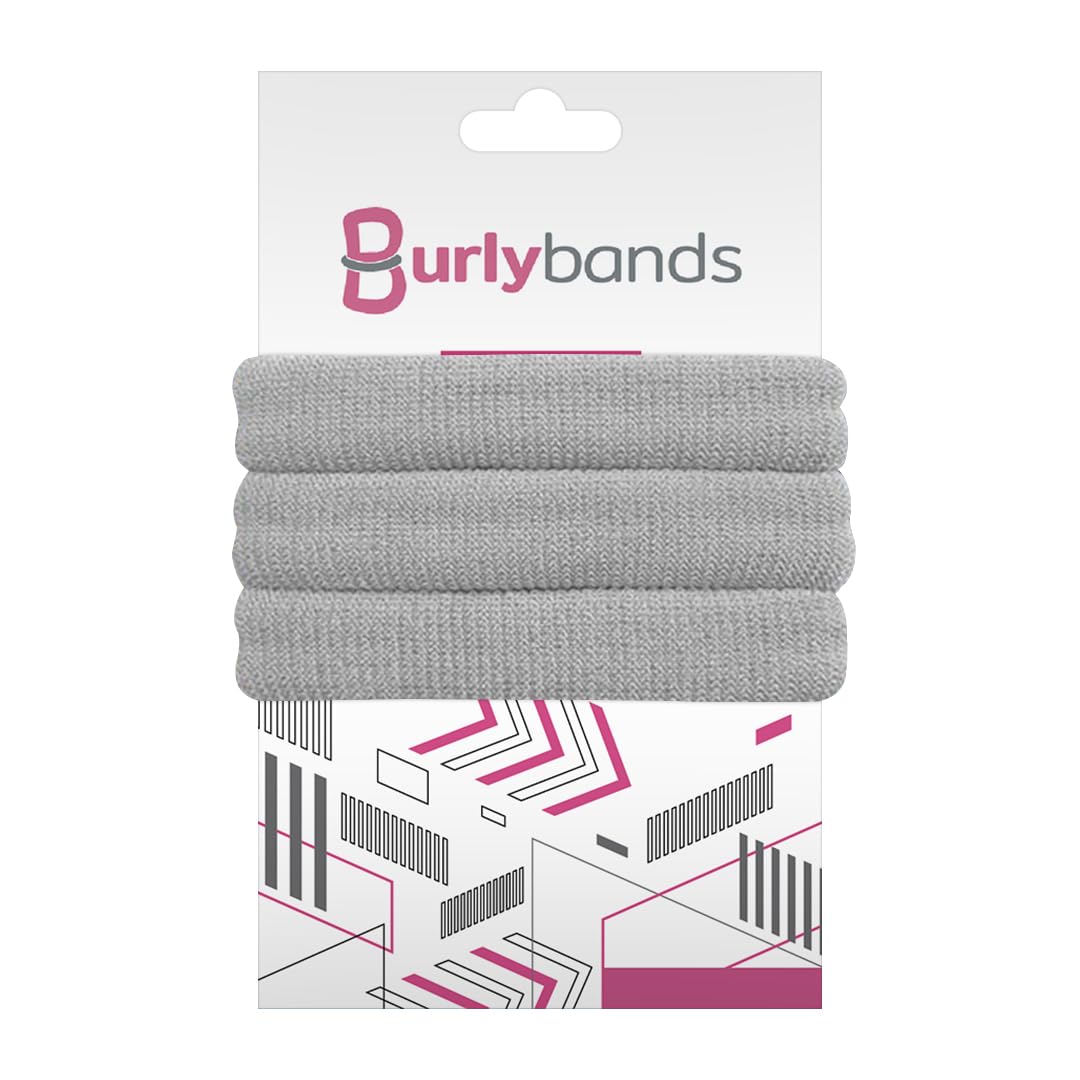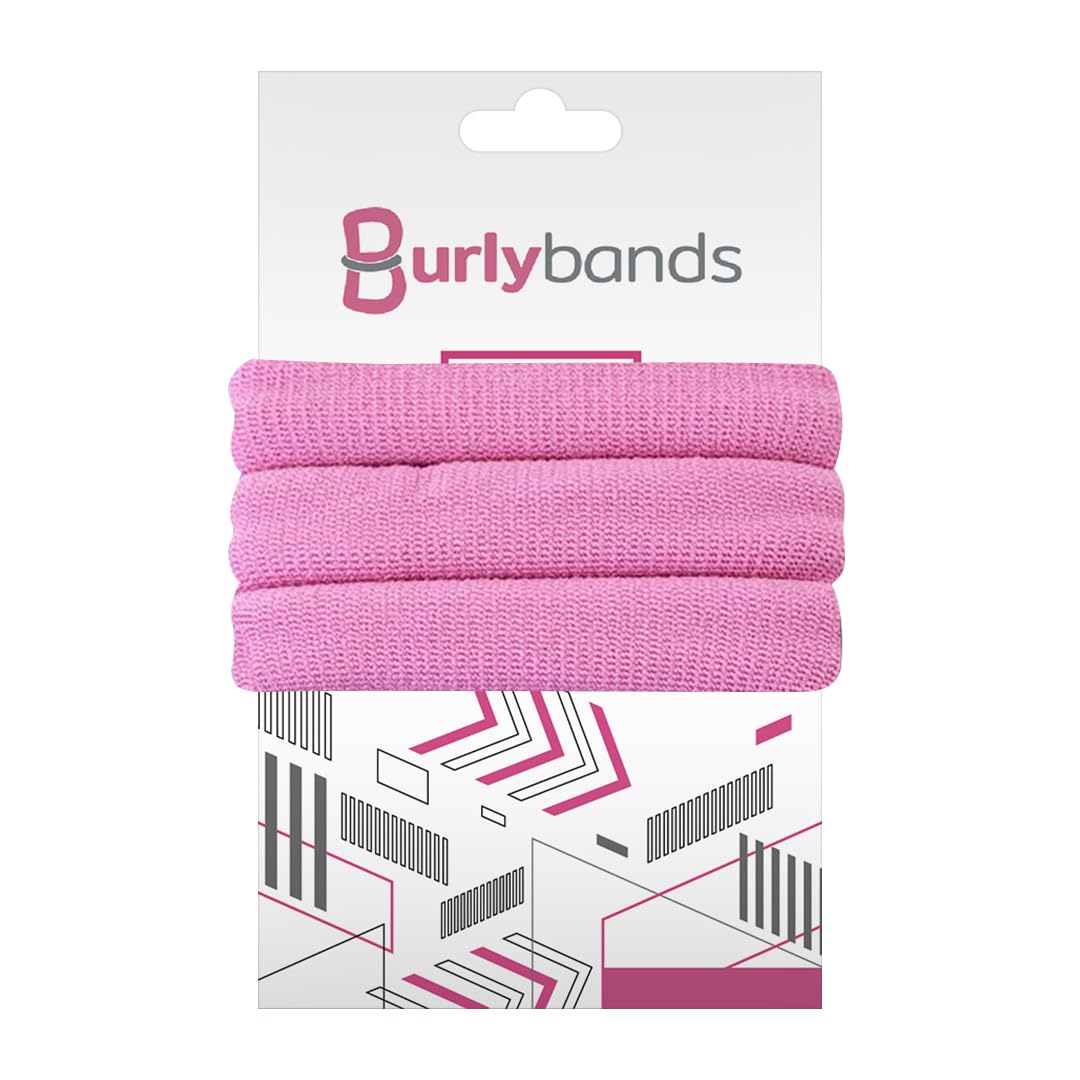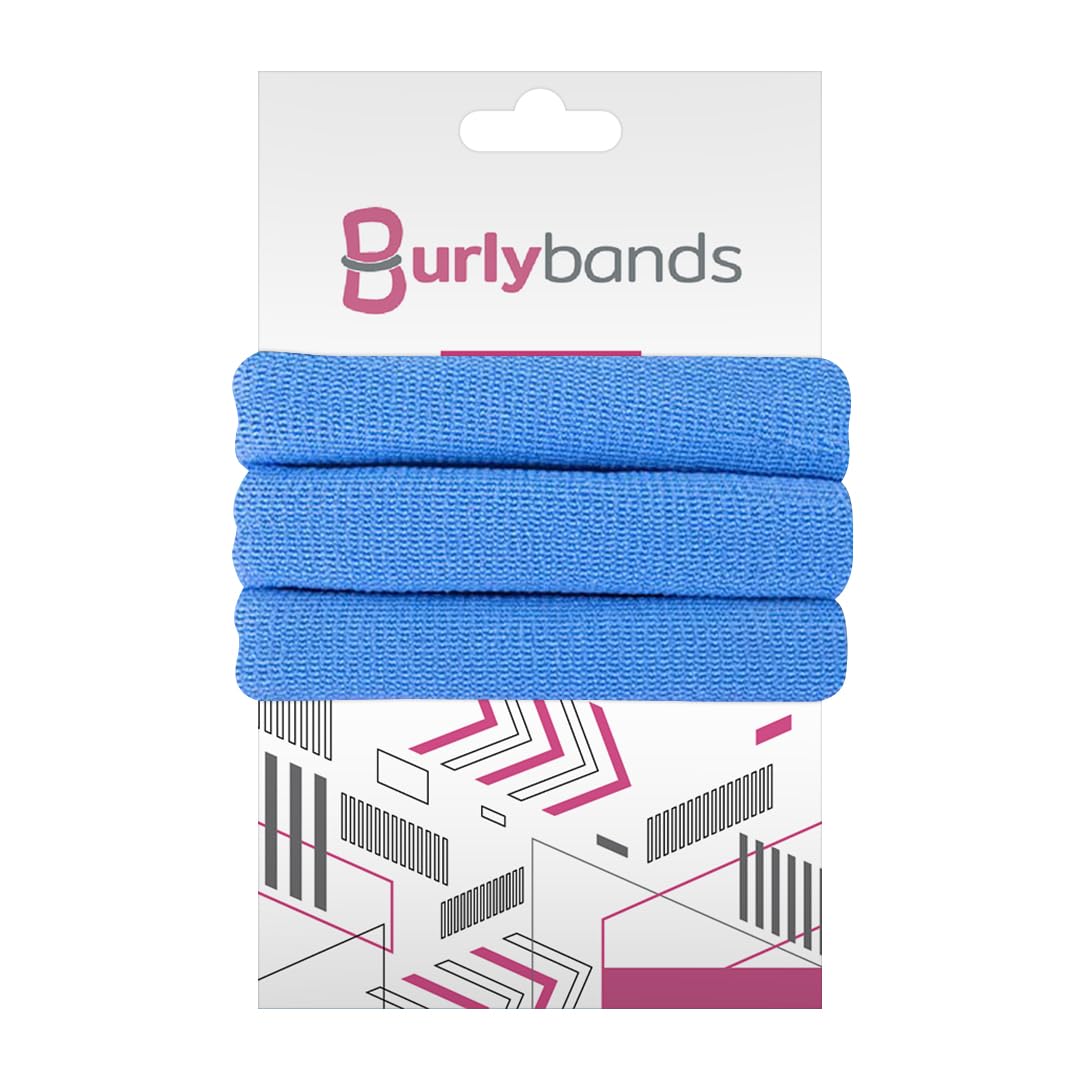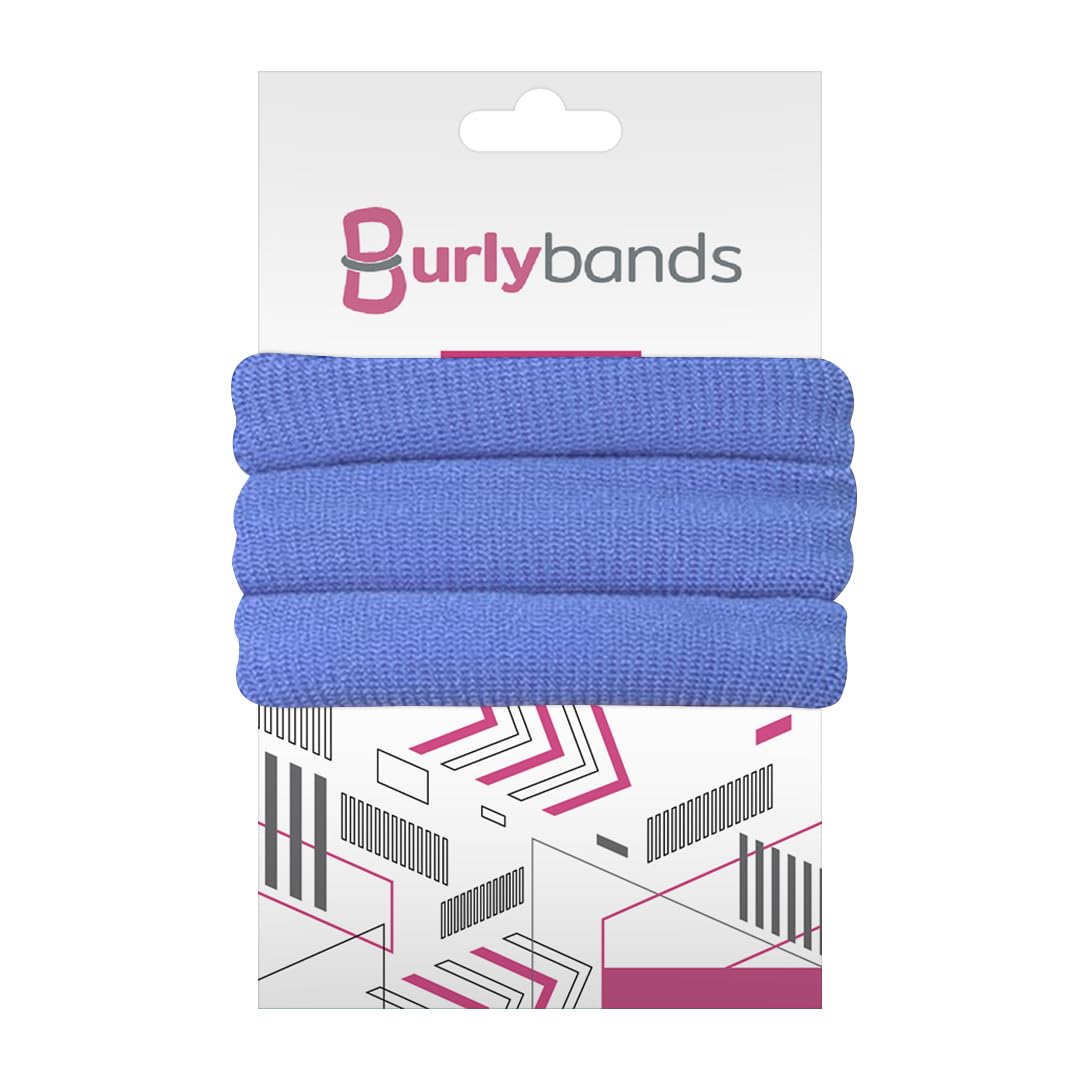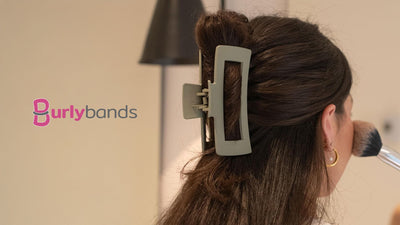Hair ties, an often-underestimated accessory, play an indispensable role in our daily lives. Beyond their aesthetic appeal, they are versatile tools for securing various hairstyles, be it a simple ponytail, a chic bun, or an intricate updo. However, despite their undeniable usefulness, hair ties rarely receive the maintenance attention they deserve.
In this article, we will delve into the world of hair tie care, exploring the importance of regular maintenance, the ideal frequency for replacement, and practical tips to extend their lifespan. Let’s get started.
Factors Affecting the Longevity of Hair Ties

Credit: Envato Elements/ Rawpixel
There are several factors that affect the lifespan of hair ties. These include:
1) Material
The type of material your hair tie is made from has a significant impact on its lifespan. Common materials include:
-
Elastic Bands: Elastic bands are the most common and budget-friendly hair ties. They are usually made from elastic but can also be made from rubber. While they do a good job of holding the hair together, they lose their elasticity over time and are prone to snapping or breaking. Therefore, they are ideal for short-term use but not a viable choice if you're looking for longevity.
-
Fabric-Covered Hair Elastics: Fabric-covered hair elastics like scrunchies are a step up from elastic bands. They are usually made from materials like silk, cotton, and velvet. The fabric provides additional protection, making them less likely to cause hair breakage. While they might cost a little more, their lifespan justifies the price, making them a cost-effective choice in the long run.
-
Silicone Bands: Silicone bands or silicone hair elastics are renowned for their sturdy grip and high resistance to wear and tear. They're perfect for those with thick or heavy hair. While they might be a tad more expensive, their durability ensures you won't be replacing them as often as you would with elastic bands.
- Spiral Hair Ties: These are a modern, fashionable alternative to traditional hair ties. They're constructed from coiled plastic and designed to prevent hair damage and breakage. Besides their chic appeal, they're also long-lasting and easily cleaned, enhancing their lifespan significantly.
2) Hair Type and Hair Style
The thickness and weight of your hair can affect the lifespan of your hair ties. If you have thick, heavy hair, your hair ties may stretch out or break more quickly, requiring more frequent replacement.
The style you choose to wear your hair in also impacts the lifespan of your hair tie. High-stress hairstyles, such as high ponytails or thick buns, can put a lot of strain on a hair tie, causing it to stretch out or break more quickly.
3) Frequency of Use
How often you use your hair ties will directly impact their lifespan. Those who rely on hair ties daily will likely need to replace them more frequently than those who use them sporadically. This is because each use stretches the material slightly, and over time, this stretching can cause the hair tie to lose its elasticity and become less effective.
4) Temperature and Climate
Your geographical location and the local climate can also play a role in the longevity of your hair ties. For example, if you live in a hot and humid environment, your hair ties may lose their elasticity faster due to constant exposure to heat and humidity.
Similarly, very cold temperatures can also make certain materials like elastic brittle over time. So, if you live in an area with extreme temperatures, you might find that your hair ties don't last as long.
5) Physical Activity
If you regularly participate in strenuous physical activities like running, aerobics, or sports, your hair ties are likely to undergo more stress. The constant movement can cause the hair tie to stretch and lose its shape faster. Moreover, if you tend to sweat a lot during these activities, the salt from your sweat can also affect the hair tie's material, leading to faster deterioration.
6) Exposure to Chemicals
Hair ties can come into contact with various chemicals throughout the day. This could include makeup, hair products, skin care products, household cleaning agents, chlorine from swimming pools, or even salty seawater. These chemicals can degrade the material of the hair tie over time, causing it to wear out faster.
Signs That It's Time to Replace Your Hair Ties

Credit: Envato Elements/ anelehbakota
Knowing when to replace your hair ties is crucial in maintaining your hair's health. Here are some telltale signs that your hair ties need replacing:
1) Loss of Elasticity or Limited Hold
Hair ties are designed to be resilient and flexible, maintaining a firm hold on your hair. This is achieved through their elasticity. However, over time, repeated use can cause this elasticity to degrade.
If you find that your hair tie stretches out but doesn't return to its original shape, or if it no longer holds your hair as tightly as it used to, it is a clear sign that the elasticity is compromised. An effective hair tie should provide a secure grip on your hair, holding your hairstyle firmly in place without the need for continuous readjustments.
2) Visible Damage
Everyday wear and tear can take a toll on your hair ties. You may notice signs of this in the form of fraying, tears, or discoloration. These signs are indicative of the material breaking down, which can lead to reduced functionality. So, if you spot any visible damage, consider it a signal that it's time to replace the hair tie.
3) Breakage
Sometimes, a hair tie might snap or break when you're trying to use it. This is particularly common with cheaper or older elastic bands. While this might happen unexpectedly, it's a very clear sign that the hair tie has reached the end of its lifespan. Always have a few extra hair ties on hand to avoid any hair emergencies.
4) Discomfort or Hair Damage
Hair ties should be comfortable to wear. If you start to feel discomfort when using a hair tie, it could be a sign that it's too tight or has rough edges that are digging into your scalp or pulling at your hair.
Furthermore, if you notice an increase in hair breakage or split ends around the area where you usually secure your hair tie, it could be an indication that your hair tie is causing the damage. It's important to replace such hair ties to prevent further harm to your hair.
5) Change in Texture
Hair ties, especially those made from fabric or covered in fabric like scrunchies, can become dirty over time. They can absorb oils from hair, retain residues from hair products, and collect dust from the environment, leading to a change in their texture. They may start to feel sticky, grimy, or stiff. Cleaning might restore them to their original texture, but if it doesn't, it's a sign that the hair tie should be replaced.
6) Development of Mildew or Odor
Fabric-covered hair elastics can sometimes get wet, whether from sweat, rain, or a swim. If they are not dried out properly, they can develop a musty smell, or worse, show signs of mildew growth. This is not only unpleasant but can also pose a health risk. In such cases, it's crucial to replace them immediately.
How Often Should You Replace Hair Ties?

Credit: Envato Elements/ SkloStudio
The frequency of replacing hair ties is influenced by various factors as we've discussed earlier. However, a general guideline can be followed.
-
Elastic Hair Bands: These hair ties are the most susceptible to wear and tear. If used daily, they can start showing signs of wear within a few weeks and might need to be replaced every 1-2 months.
-
Fabric-Covered Hair Elastics: Fabric-covered hair elastics are sturdier than simple elastic bands and can generally last several months of regular use. With proper care, you may only need to replace these every 3-6 months.
-
Silicone Bands: Silicone hair ties are known for their durability. Depending on your usage, these can easily last 6 months to a year before they start to lose their elasticity.
- Spiral Hair Ties: These ties are designed to be durable and gentle on the hair. With good care, they can retain their shape and elasticity for over a year.
Despite these general timelines, it's important to keep an eye out for the signs that indicate it's time for a replacement: loss of elasticity, breakage, visible damage, inefficiency, or discomfort.
Beyond physical wear and tear, there's also a hygiene aspect to consider. Hair ties, over time, can accumulate dust, dirt, and product residue, which could potentially lead to scalp irritation or infections. Regular cleaning can help, but periodic replacement is a good hygiene practice to adopt.
Extending the Lifespan of Your Hair Ties: Maintenance Tips

Credit: Envato Elements/ peus80
Here are some proactive steps you can take to ensure your hair ties last longer:
1) Rotate Your Hair Ties
One of the most effective strategies for extending the life of your hair ties is a simple rotation system. Just like any other item subject to wear and tear, hair ties need some rest to regain their original elasticity and shape. Instead of overusing one hair tie until it breaks, make sure to have a selection of hair ties in rotation. This way, each hair tie is used less frequently, reducing the risk of overstretching and breakage.
2) Avoid Overstretching
It's crucial to be mindful about how you use your hair ties. Stretching them beyond their limit not only makes them lose their elasticity faster but also increases the risk of them snapping. The key is to opt for a hair tie that matches the thickness of your hair and the complexity of your desired style. This prevents unnecessary strain on the hair tie, reducing the risk of overstretching.
3) Regularly Clean Your Hair Ties
Like any other accessory, hair ties can accumulate dirt, dust, and product residue over time. Regular cleaning can help maintain their functionality and extend their lifespan.
For fabric-covered hair elastics, you can hand wash them gently using a mild soap. For silicone or plastic hair elastics, a quick wipe with a damp cloth should suffice. To keep your hair ties organized and within reach, consider storing them in a small box or a pouch.
4) Minimize Exposure to Water
Although it's sometimes unavoidable, try to keep your hair ties dry. Prolonged exposure to water, especially for fabric-covered hair elastics like scrunchies, can weaken the material and reduce its elasticity over time.
If your hair ties do end up getting wet, make sure to dry them thoroughly before storing them away. This ensures they are kept in good condition, ready for the next use.
5) Quality over Quantity
While the allure of buying cheaper hair ties in bulk might be strong, it's worth considering the long-term benefits of investing in high-quality hair ties. Hair ties made from durable materials tend to last longer, retain their elasticity better, and are less likely to break. While they may be a bit more expensive upfront, the longevity of these hair ties can save you money in the long run as you won't need to replace them as frequently.
6) Use the Right Techniques When Using Hair Ties
When using your hair ties, make sure to gently remove them and not stretch them more than necessary. This can help maintain their shape for a longer period.
Furthermore, when securing your strands, use the correct technique to avoid putting too much strain on the hair tie. For instance, avoid winding the hair tie too tightly around your hair. Usually, wrapping it around your ponytail two to three times should be sufficient for a secure hold. This technique helps maintain the elasticity of the hair tie, thereby extending its lifespan.
Summary
Despite your best efforts to maintain them, there comes a time when all hair ties must be replaced. Recognizing this inevitability and being able to spot the telltale signs of a worn-out hair tie is essential. Not only does this knowledge protect your hair from potential damage, but it also ensures that you're never caught off guard without a reliable hair tie in your time of need.
If you're tired of constantly replacing your hair ties and are looking for a more durable option, we've got just the product for you - Burlybands hair ties. These aren't your average hair ties. Burlybands are designed to endure, offering superior elasticity and strength. They handle your hair with the utmost care, providing a secure hold without causing breakage or discomfort. Shop with us today.
 Log in
Log in


